This is what it takes to get a foreigner to Everest
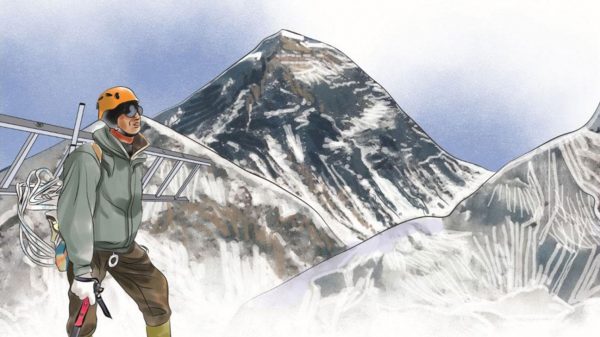
Every year in the spring, hundreds of aspiring Everest climbers from all over the world arrive in Nepal, hoping to conquer the mountain.
In the spring of 2010, Pemba Gelje Sherpa crossed the dreaded Khumbu Icefall 14 times. The Icefall is the most treacherous part of the Khumbu glacier, fast-moving and ridden with crevasses and seracs. Each time Pemba, who was hired by an Everest expedition outfitter as a high-altitude climbing sherpa, walked on narrow ladders above the Icefall’s many crevasses — some of them several metres deep and wide — he was carrying oxygen bottles, food, fuel and tents, all in the shadow of ice seracs, tall towers of ice that can collapse any time.
Pemba’s job on the expedition was to set up the high camps for the Everest expedition that he worked for, above Everest Base Camp. Of the four high camps on Everest, the lowest, Camp 1, sits at 6,050m, and Camp 4, the highest and final camp before the summit, sits at 8,000m. Pemba was only 18.
But months before the climbers even land in Kathmandu, the country’s capital, hundreds of yaks, porters, sherpas and cooks from dozens of outfitters head to Everest Base Camp to make necessary preparations for the climbing season. This caravan forms the backbone of the climbing industry and without them, it is hard to imagine a foreigner on top of the highest mountain in the world.
Screening climbers
For expedition outfitters, the climbing season often begins a year in advance. TAG Nepal, a Kathmandu-based outdoor outfitter, starts receiving enquiries for their Everest expeditions up to a year before the trip’s slated time.
“But we are very strict when it comes to who we accept. Prior climbing experience is a must for us. Many hold this notion that climbing Everest is easy and anybody can do it,” says Tendi Sherpa, an International Federation of Mountain Guides Associations (IFMGA) guide and director of TAG Nepal. “I have lost many dear friends on that mountain—even friends who were veteran climbers and had summited Everest several times.”
In May 2018, a renowned and highly experienced IFMGA guide Damai Sarki Sherpa was severely injured after slipping and falling into a 60-metre deep crevasse. He succumbed to his injuries that same night.
“Without prior climbing experience, climbers not only put their lives at risk, but also the lives of the guides and sherpas assisting them,” says Tendi.
The writer Jon Krakauer — who summited Everest in 1996, and went on to author the book Into Thin Air — echoed Tendi in an article for The New York Times on May 23, 1996. Krakauer was appalled at the number of people on Everest without technical climbing skill. “There’s a lot of people who shouldn’t be here, and maybe I shouldn’t be here,” Krakauer said.
But it’s not just prior climbing experience that Tendi looks for. Aspiring climbers also need to submit medical reports from their doctor certifying them as fit enough to climb, a complete history of major surgeries, and a list of medication that they are currently on.
“Only after we go through all the documents, do we finally decide which climbers to accept,” says Tendi. Once climbers are accepted, they are then asked to make an advance deposit to secure their slot on the expedition. It’s a lengthy process that can take several months, even a year.
Assembling porters, sherpas, and guides
Once the list of climbers for the expedition is confirmed, ground preparation gets underway. Outfitters start putting together an elite team of mountain guides, high-altitude climbing sherpas, and kitchen staff.
TAG Nepal’s 2019 Spring Everest Expedition has 28 climbers, and supporting them are seven IFMGA mountain guides, 37 high-altitude climbing sherpas and an 18-member kitchen team.
“Expedition outfitters pay guides and sherpas anywhere between Rs 100,000 to Rs 300,000 as gear allowance,” says Pemba, now 28 and an IFMGA guide. “If your existing gear is in good condition, you get to save some money from the gear allowance.”
Time to go shopping
Climbers and Everest expedition support staff spend six to eight weeks at Base Camp and higher. This means that outfitters have to purchase a lot of things to shelter and feed their teams up on the mountain for nearly two months. The kitchen team is usually the first one to be dispatched for shopping.
“It took us nearly two months to buy everything that we need for this expedition,” says Kumar Gurung, TAG Nepal’s Everest expedition chef. “We basically have to buy everything from salt and sugar to rice and meat in Kathmandu, and transport it all to Base Camp. We also have to manage cooking fuel, gas cylinders, gas stoves, ovens, kitchen equipment, tables and chairs.”
While the kitchen team is busy shopping, another team starts putting together everything else required for the expedition: from tents and mattresses to oxygen bottles and climbing ropes.
“Each and every piece of gear is checked thoroughly before being dispatched to Base Camp,” says Tendi. “Tents are set up and given a thorough checking, so are communication devices, solar panels, generators and batteries.”
Image taken from The Kathmandu Post/ Asia News Network
On to Everest Base Camp
Once all the equipment and food items have been purchased and checked, they are packed into sacks and large cylindrical airtight drums. TAG Nepal’s 2019 spring season Everest expedition cargo weighs a staggering 17,000 kilograms.
“By the time everything is packed, our logistics team will have already made all the necessary arrangements to transport our cargo from Kathmandu to Base Camp,” says Tendi. The preferred route for this is via Phaplu (2,413m) in Solukhumbu district. From Kathmandu, cargo is transported on trucks to Phaplu, which takes seven to eight hours. From Phaplu, they are then loaded onto the backs of tractors and taken to Takshindu at 3,060m. This part of the journey takes around two hours.
From Takshindu, helicopters transfer cargo to either Syangboche at 3,841m or Pangboche at 3,985m. The flight takes between 20 and 25 minutes. Outfitters can choose between small commercial helicopters, which can ferry 600 to 700 kgs on a single flight, or MI-17 helicopters, which can ferry 3,000 kgs a trip.
Kailash Helicopter Services, one of several helicopter charter companies, has been transporting cargo for outfitters since mid-March, and is likely to continue doing so till mid-April.
“Cargo from each company can weigh anywhere between 15,000 and 20,000 kgs. That’s a lot of trips. My team has even done 20 trips on a single day,” says Captain Ashish Sherchan, chairman of Kailash Helicopter Services.
Image taken from The Kathmandu Post/ Asia News Network
The final leg of the journey of ferrying cargo to Base Camp from Syangboche and Pangboche is done by porters and yaks. The journey takes anywhere between two to three days.
Thirty-seven-year-old Som Tamang has worked as a porter in the Khumbu region for four years and has carried almost everything that is used in an Everest expedition. “From mattresses and gas cylinders to food items, I have carried it all,” says Som, a Khotang native. “Our loads can weigh anywhere from 25 to 30 kgs, sometimes more. The trail to Base Camp from Pangboche is mostly uphill, and the weather can also get extremely challenging with heavy snow and wind. It’s a physically demanding job, but the pay doesn’t justify the hard work that we put in.”
Porters like Som are usually paid between Rs1,300 and Rs1,700 (between $12 to $15) a day. Upto Namche, the cheapest vegetarian dal bhat costs Rs400; once you cross Namche, it costs Rs 500, says Som.
“After eating two meals a day, you save very little. When I’m halfway and if I feel hungry, I often just let the hunger die and wait till dinner time,” he says. During climbing season, Som makes sure to complete five to six round trips to Base Camp.
Setting up camp
Before the convoy of yaks and porters laden with cargo reaches Base Camp, the kitchen and high-altitude climbing sherpa teams will have already arrived at Base Camp.
Image taken from The Kathmandu Post/ Asia News Network
“This season, our 55-member team of kitchen staff and high-altitude climbing sherpas reached Base Camp on March 15, a month before our climbers are slated to arrive,” says TAG Nepal’s Expedition Chef Gurung. “Like every year, we began this year by first securing our camp site and then creating a platform to set up our tents on. This is the hardest part of the job, and takes almost a month.”
Apart from individual sleeping tents for climbers, Gurung’s team has to set up a kitchen tent, two dining tents — one for climbers and another for support staff — communication tent, recreational tent, gear storage tent, food storage tent, shower tents, and toilet tents. The work is often delayed by bad weather. “It’s often a race against time,” says Gurung.
From Base Camp to Camp 2
A few days after the kitchen team and sherpas have arrived at Base Camp, a team of icefall doctors — a group of highly experienced mountaineers from the Sagarmatha Pollution Control Committee — will start fixing the route from Everest Base Camp to Camp 2.
Image taken from The Kathmandu Post/ Asia News Network
“We are usually a team of eight and arrive at Base Camp by March 25, and begin fixing the route in a day or two,” says Ang Sarki Sherpa, a 45-year-old who has been working as an icefall doctor for 13 years. “We first search for the safest possible route, and then start placing ladders and ropes on crevasses, and build makeshift bridges. We usually get the job done before mid-April.”
But the icefall doctors’ responsibility doesn’t end with the route fixing; they have to check the route every day until the end of the climbing season. “A team of two icefall doctors is sent daily to check the route and make repairs wherever necessary,” says Ang Sarki.
Icefall doctors like Ang Sarki cross the dreaded Khumbu Icefall at least 50 times in a season, which is roughly 10 times more than a foreign climber. “I get around Rs 350,000 for this job,” says Ang Sarki.
Fixing the route from Camp 2 to the summit is the responsibility of the Expedition Operators Association of Nepal.
Setting up high camps
Between April 10 and 15, most climbers will have already reached Base Camp, and will spend the first few days acclimatising. At this time, the climbers are also trained on how to use ice axes, and walk securely on ladders and on crampons.
While the climbers spend time acclimatising and training at Base Camp, high-altitude sherpas start ascending the mountain to set up Camp 1, 2, 3 and 4. The sherpas wake up in the middle of the night and carry with them tents, food, fuel, and oxygen cylinders.
Image taken from The Kathmandu Post/ Asia News Network
“Lugging that load at such high altitudes is a tough job. But how much we carry determines how much we get paid,” says Pemba. A single load can weigh anywhere between eight to 12 kgs, and according to Pemba, sherpas get paid anywhere between $15 and $20 per load from Base Camp to Camp 1. From Camp 1 to 2, a sherpa gets paid around $30, from Camp 2 to 3, it’s $60 and from Camp 3 to 4, it’s around $120, says Pemba.
By the end of the expedition, hardworking sherpas will have made around $8,000. “It’s a lot of money, but very few people beyond the mountaineering community actually know how hard sherpas have to work to earn that amount,” says Tendi. “When a sherpa leaves their tent to set up camps, they do so knowing that they might not return alive. Every time I leave my tent, I touch my sleeping bag and say a prayer.”
Making sure the sherpas are well fed is the kitchen team. “Our kitchen team usually wakes up an hour or two before the sherpas leave for high camps, and prepare breakfast and tea for them,” says Gurung. “And on days when the sherpas aren’t heading up to set camps, our day starts around six in the morning. Breakfast is usually served to the climbers and the team between 7am and 8am, lunch between 12 noon and 1pm, and dinner between 7pm and 8pm.”
Feeding everybody
The food menu changes everyday. From freshly baked breads, croissants, hash brown potatoes, sausages and bacon for breakfast to spaghettis, pastas, pizzas, chicken and yak sizzlers, and lasagna for lunch and dinner, TAG Nepal’s food menu is diverse.
“Climbers have to spend two months on the mountain, and we have to ensure that they have a variety of food options. The quality of ingredients we use to prepare meals is on par with five-star hotels in Kathmandu. Climbers pay top dollar for our services, and we have to make sure that they get their money’s worth in all aspects of the expedition,” says Tendi.
Image taken from The Kathmandu Post/ Asia News Network
Once the sherpas have set up high camps, climbers are led by guides and sherpas to the mountain for what is called ‘acclimatisation rotation’.
“Climbers normally begin acclimatisation rotation by spending a night at Camp 1 and returning to Base Camp the next day. Climbers then head to Camp 1, spend a night there, and then touch Camp 2 the next day, and return to Camp 1 for the night there. They return to Base Camp the next day,” says Tendi. During the final acclimatisation rotation, climbers go all the way up to Camp 3 before returning to Base Camp.
“During acclimatisation rotation, guides have to be very observant about how their climbers are reacting to the altitude. We have to make sure that our climbers are eating well and drinking enough water. You don’t want your climbers to get dehydrated, which could prove very dangerous at that altitude,” says Tendi. “If a climber starts showing signs of life threatening altitude sickness, we have to be able to convince them to abandon the expedition.” But convincing a person who has most likely trained for years and spent thousands of dollars to abandon the expedition is not an easy task, Tendi says.
Once the acclimatisation rotation is over, everybody waits for the ‘summit window’, the most suitable time to the peak. “Between acclimatisation rotation and the summit push, climbers are asked to get as much rest as possible, while guides and sherpas draw out a comprehensive plan for the final push,” says Tendi.
Pushing for the summit
During the summit push, the job of guides and sherpas is to ensure that climbers have all the support they need. The toughest part of the climb is from Camp 4 to the summit. “Most climbers get completely exhausted when they reach Camp 4. In such cases, it’s our responsibility to spoon feed them, change their oxygen bottles and help them wear their climbing gear,” says Pemba.
Image taken from The Kathmandu Post/ Asia News Network
Once climbers return to Base Camp from the summit, some leave for Kathmandu immediately on helicopters, while others spend a few days at Base Camp with the team.
It is only after the last of the climbers have left Base Camp that the expedition finally ends. Climbing sherpas and the kitchen team pack up their camps and head back home — only to return three months later, in August, for the autumn climbing season and do it all over again.




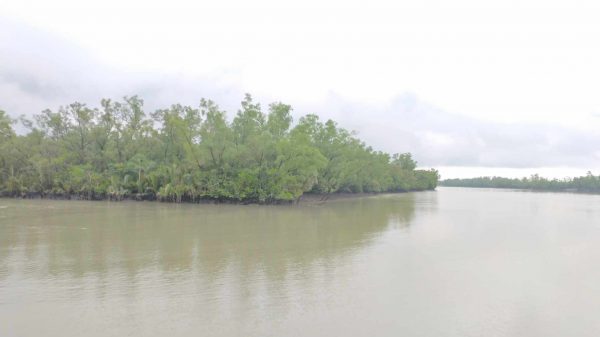
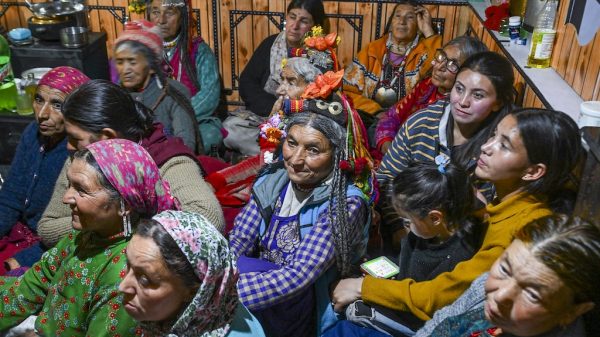
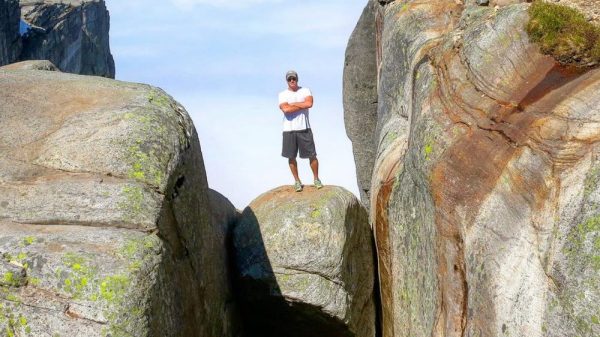
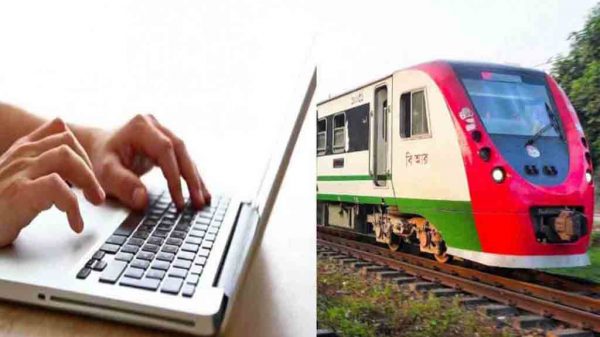





















Leave a Reply